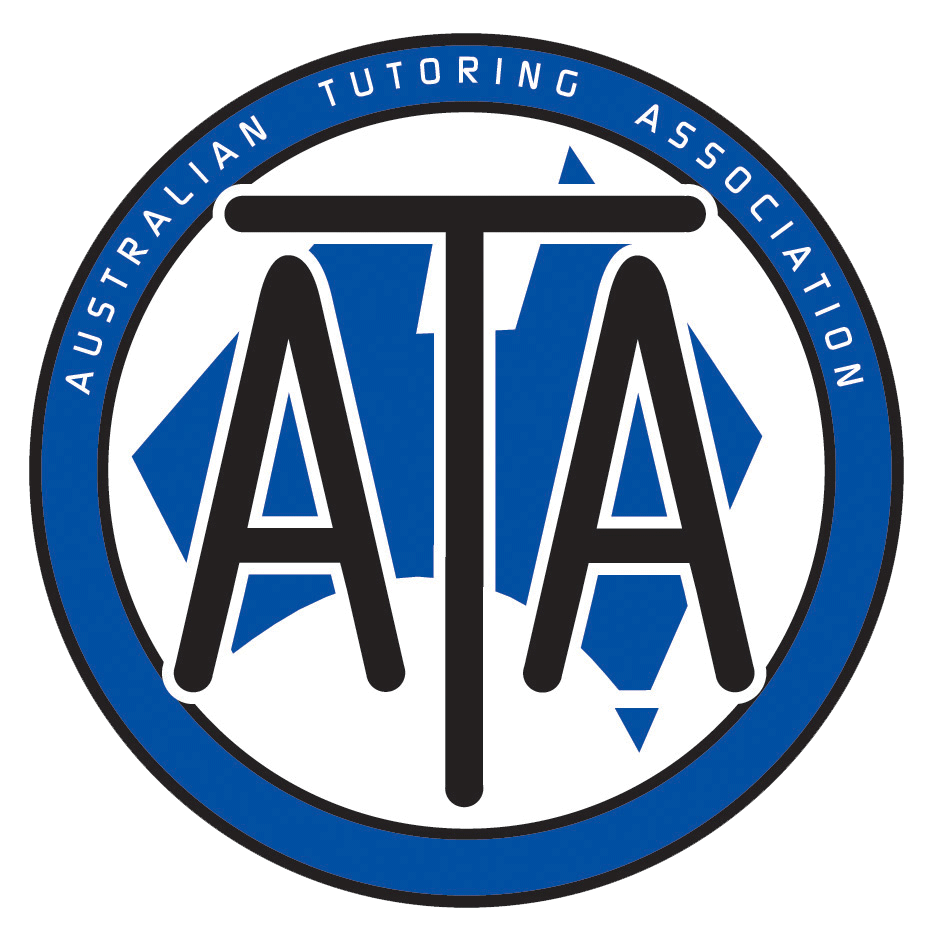Michael Buckingham Gray • February 28, 2019
I have written on several occasions on how important it is for GATE students to structure their piece of written expression in a way that stands out. However, it is equally important to have readers connect with that story.
Figurative language is one way students can engage readers, and turn an otherwise dull story into a colourful one.
Students can use onomatopoeias, where the words sound like their meaning, to appeal to a reader’s senses, instead of writing a matter-of-fact passage. Consider: “The eggs cooked in the frying pan” vs. “The eggs sizzled and spat in the frying pan.”
Students can also use similes or metaphors to allow readers to ‘see’ a scene in their heads. For instance, “He ran as fast as Usain Bolt.”
Figurative devices, however, like story structures, must be used with a certain amount of respect.
My next blog will look at some mistakes students have made when using figurative devices.
If you are interested in engaging readers, BOOK into one of our writing classes today!
***
Intuition Educational Support Tutoring Centre prides itself on developing a learning environment where students' learning styles are recognised and optimised to their full learning potential.
Located in the Inner North of Perth, just off the freeway, we offer individual or small-group tuition, as well as educational support for all ages.

Intuition Educational Support is a proud member of the Australian Tutoring Association (ATA). We follow the ATA Code of Conduct, which promotes ethical practice, transparency, high-quality tuition, and a strong commitment to student wellbeing and confidence.
Subscribe
Thank you for subscribing.
Oops, there was an error sending your message.
Please try again later
Please try again later
© 2018 Intuition Educational Support














